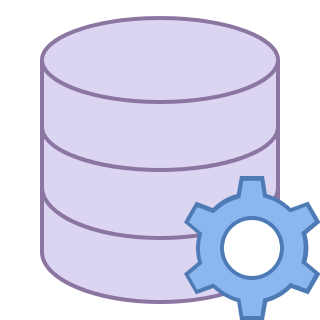AddIn Modules View
AddIn Modules allow you to drop custom code into the platform to define your entities, algorithms and views while leaving LemonEdge to automatically handle everything else.
This frees your team to concentrate on your IP, your knowledgeable business domain, and what matters to you enabling you to get to your solutions quicker and easier.
AddIn Module Properties
An AddIn module itself is the containing record that holds multiple associated AddIns that all contain a custom .net core dll. This way all the associated logic, which may span several dlls, are packaged into one module and handled as such.
Every AddIn Module has the following properties:
| Name | Description |
|---|---|
| [Key] [Required] Name |
A unique friendly name for this addin module. |
| Description | A user friendly description of this addin module and its contents |
| Sequence | The sequence this AddIn Module is loaded in to the system relative to other addin modules. |
Commands
Note
An AddIn Module has the standard set of commands and functions when being viewed from a grid. See our standard grid functionality.
Tip
As an AddIn Module has a sequence the standard grid allows you to move the items up and down changing their order.
AddIn Modules can be exported and imported as packaged xml files to transfer configuration across systems. Again this is available from the grid commands.
When viewed from the grid an AddIn Module has the following custom commands:
 Upgrade Database:
Upgrade Database:
This command creates a task to upgrade the database and apply any changes you have made to custom entities to the back end database and web services. While this is processing you will not be able to interact with the system itself. Any web-services will restart providing a new odata/rest api reflecting schema changes to your entities.
Warning
Upgrade Database Note: This process will initiate itself whether you manually click this command or not. It will automatically happen whenever any LemonEdge process connects to the database for the first time. This could be through a client directly connecting, or through a new web service/task service connecting for the first time. In either case the new connection will force a database upgrade which will again lock all other connections out until the process is complete. You can avoid this automatic behaviour by having Active = false for the AddIns until you are ready for the changes to be committed to the database.
Warning
Upgrade Database Note: Be sure to only run this when all users are out of the system. It will not respond to any request while the system is upgrading everything.